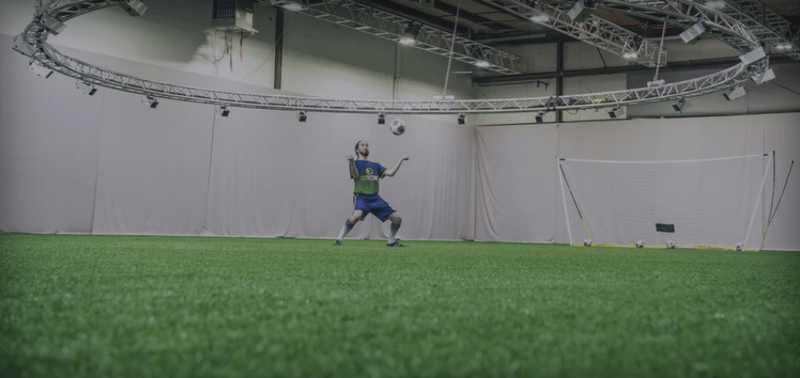
Some systems can also detect and predict injuries. Dr. Phil Wagner, chief executive and founder of Sparta Science, works from a warehouse in Silicon Valley that has a running track and is scattered with equipment for assessing athletes’ physical condition.
The company uses machine learning to gather data from electronic plates on the ground that measure force and balance. The system gathers 3,000 data points a second and a test — jumping or balancing — takes about 20 seconds.
“Athletes don’t recognize that there’s an injury coming or there’s an injury that exists,” Dr. Wagner said, adding that the system has a proven record of diagnosing or predicting injury. “We’re identifying risk and then providing the best recommendation to reduce that risk.”
Tyson Ross, a pitcher competing for a roster spot with the San Francisco Giants, has been using Sparta Science’s system since he was drafted in 2008. He visits the company’s facilities roughly every other week during the off-season to do vertical jumps, sway tests, a single leg balance test and a one-arm plank on the plate, blindfolded.
“Based on the data that’s collected, it tells me how I’m moving compared to previously and how I’m moving compared to my ideal movement signature, as they call it,” Mr. Ross said. Sparta Science then tailors his workouts to move him closer to that ideal.
The Pittsburgh Steelers, the Detroit Lions and the Washington Redskins, among others, use the system regularly, Dr. Wagner said. Sparta Science is also used to evaluate college players in the National Football League’s annual scouting combine.